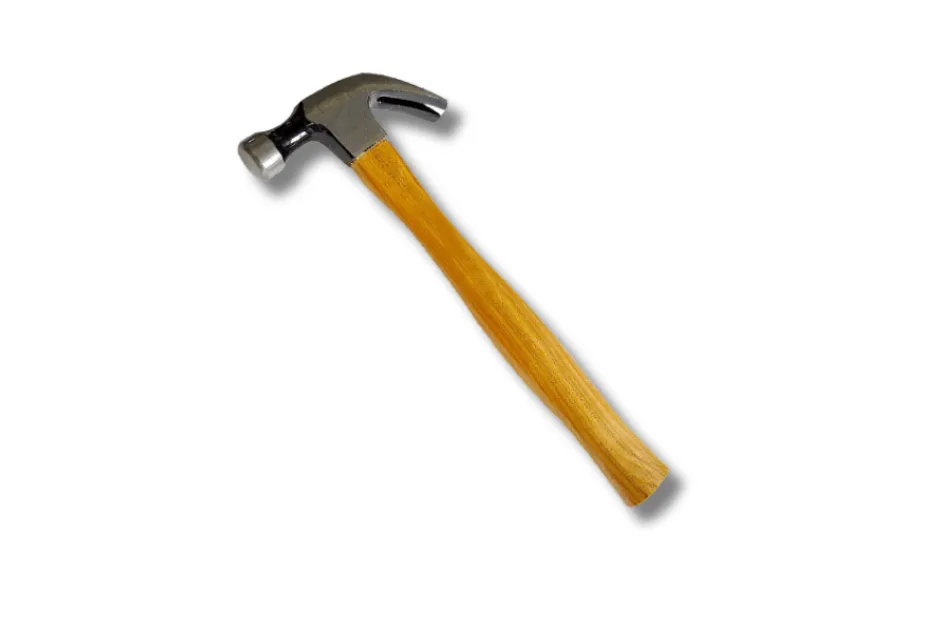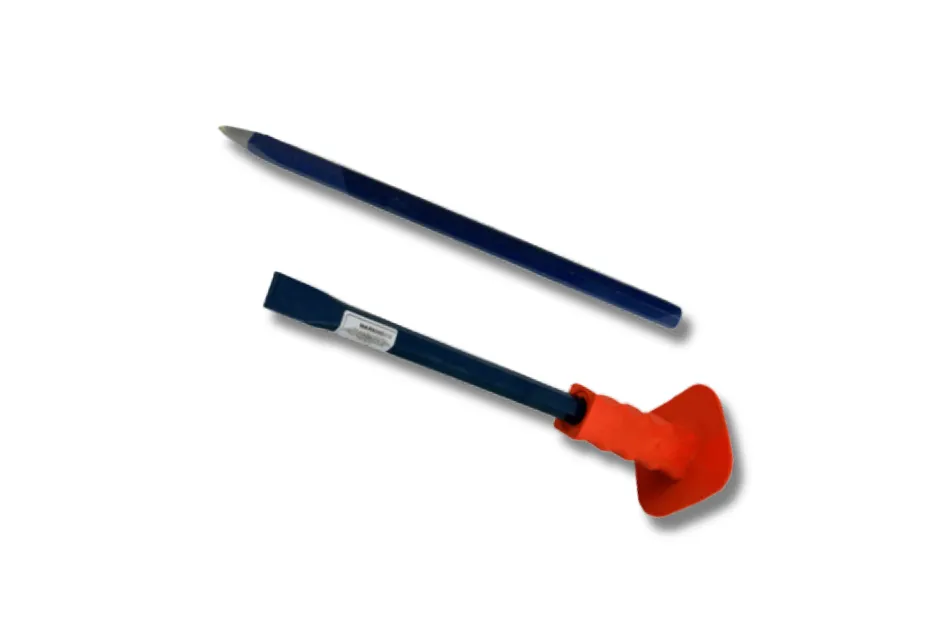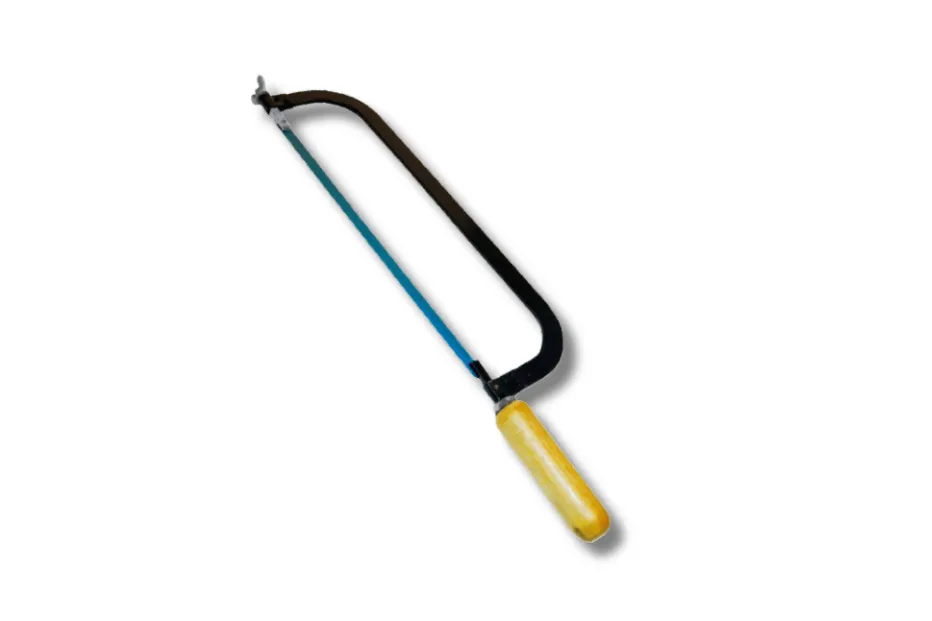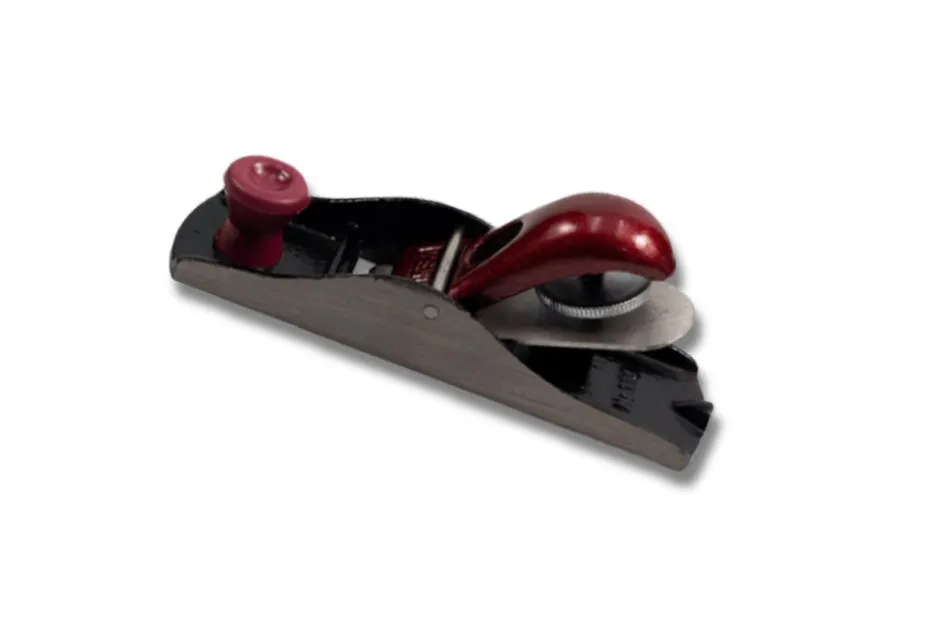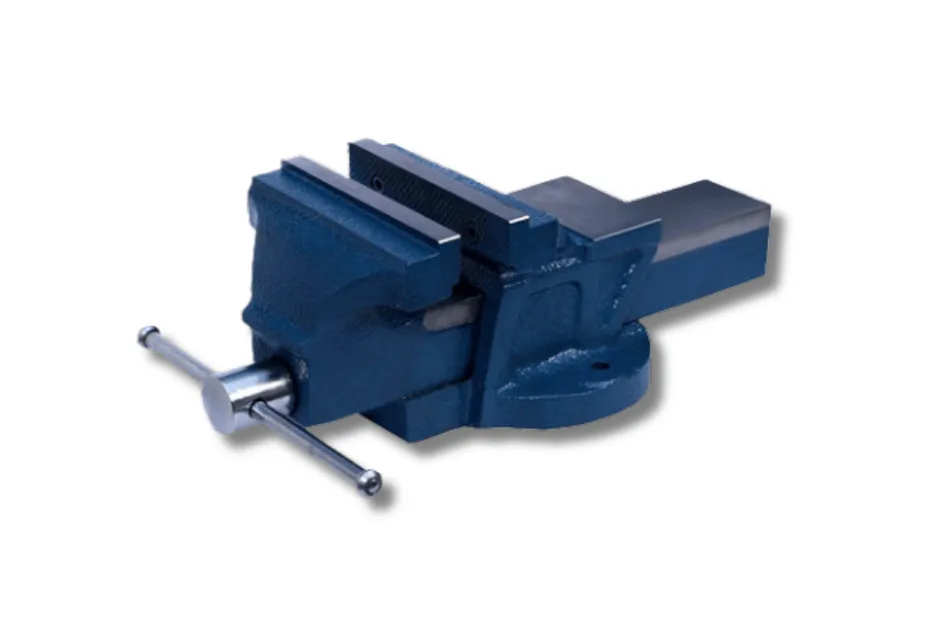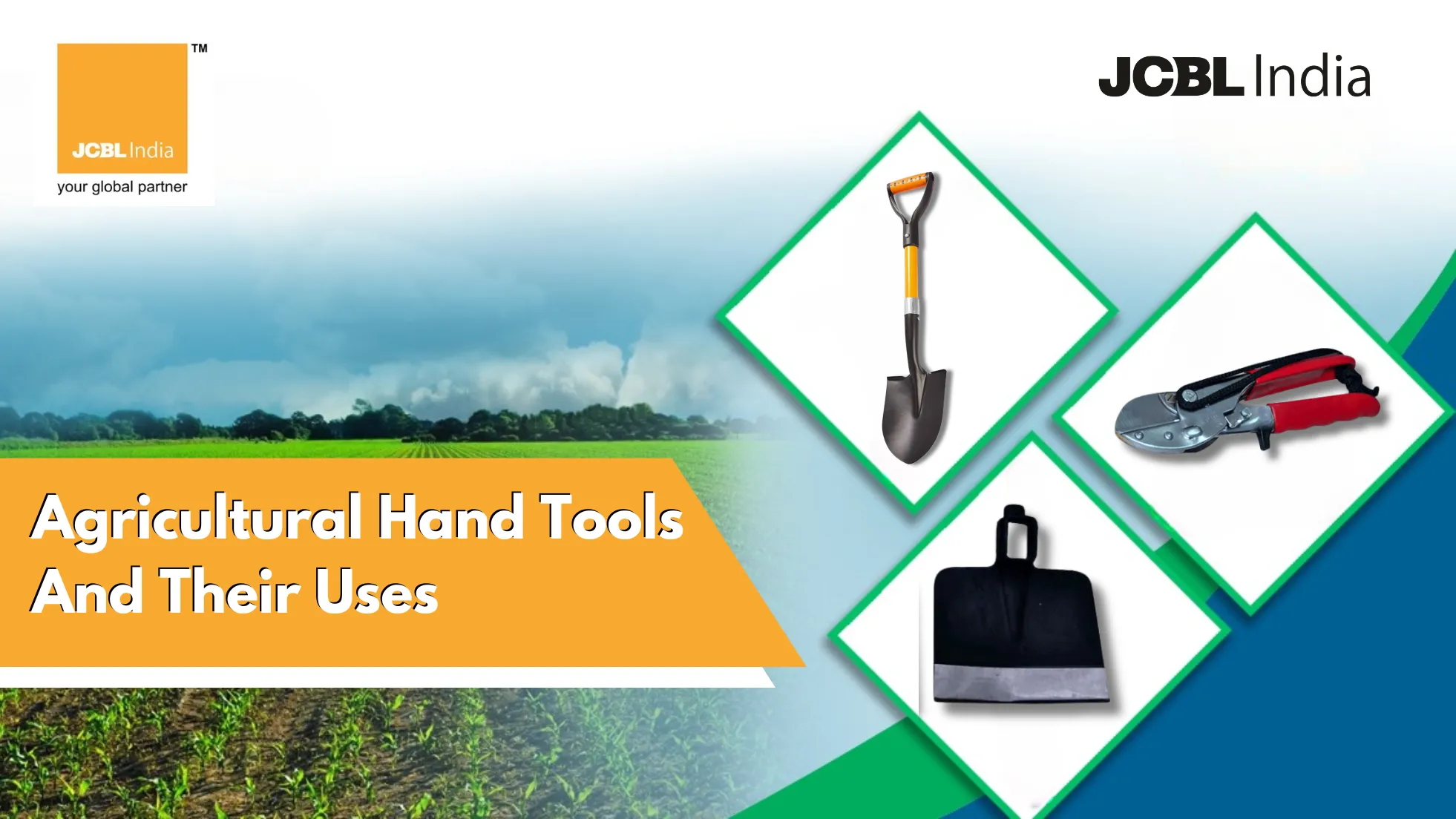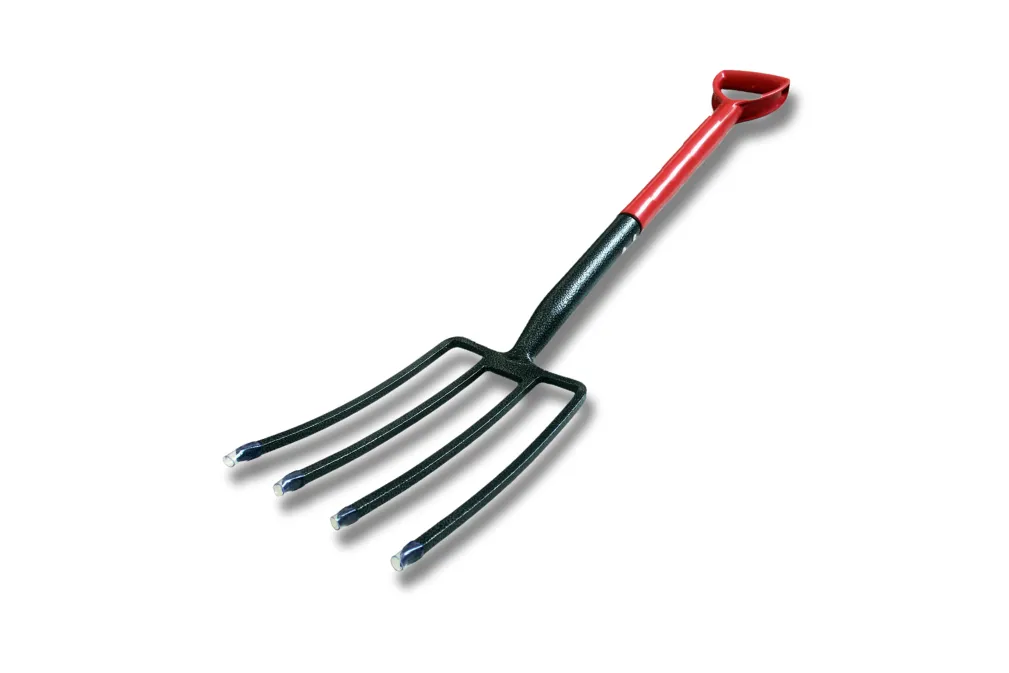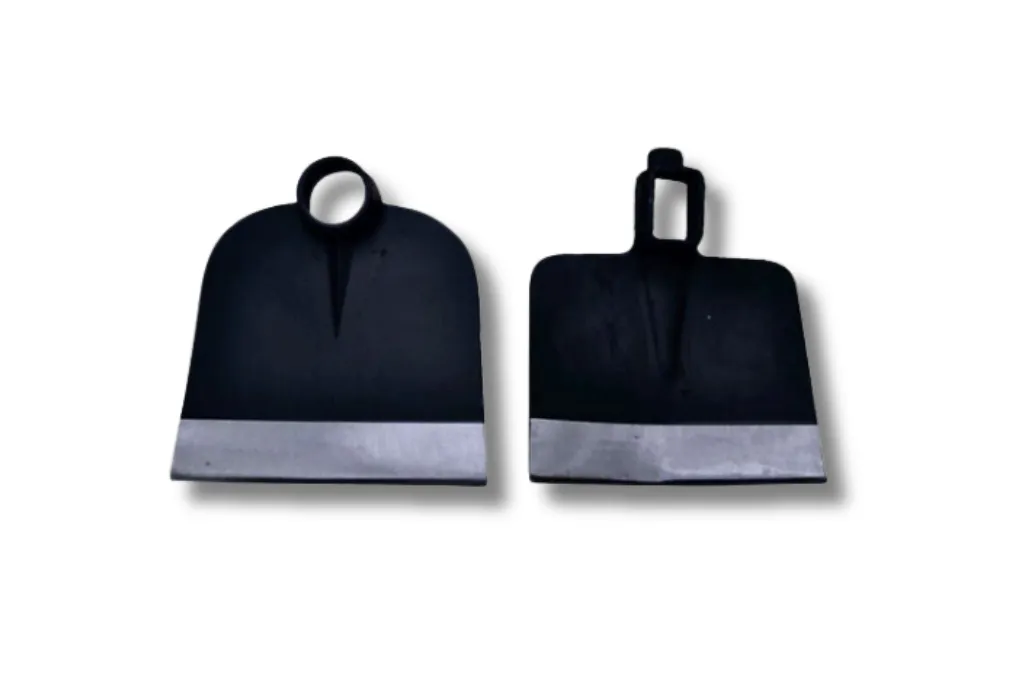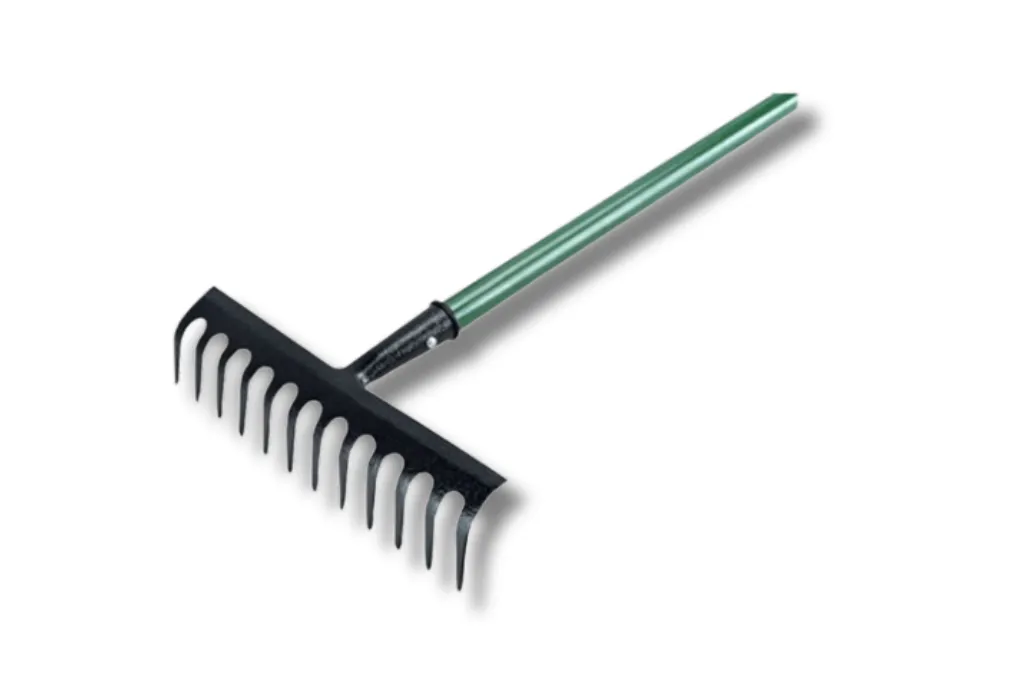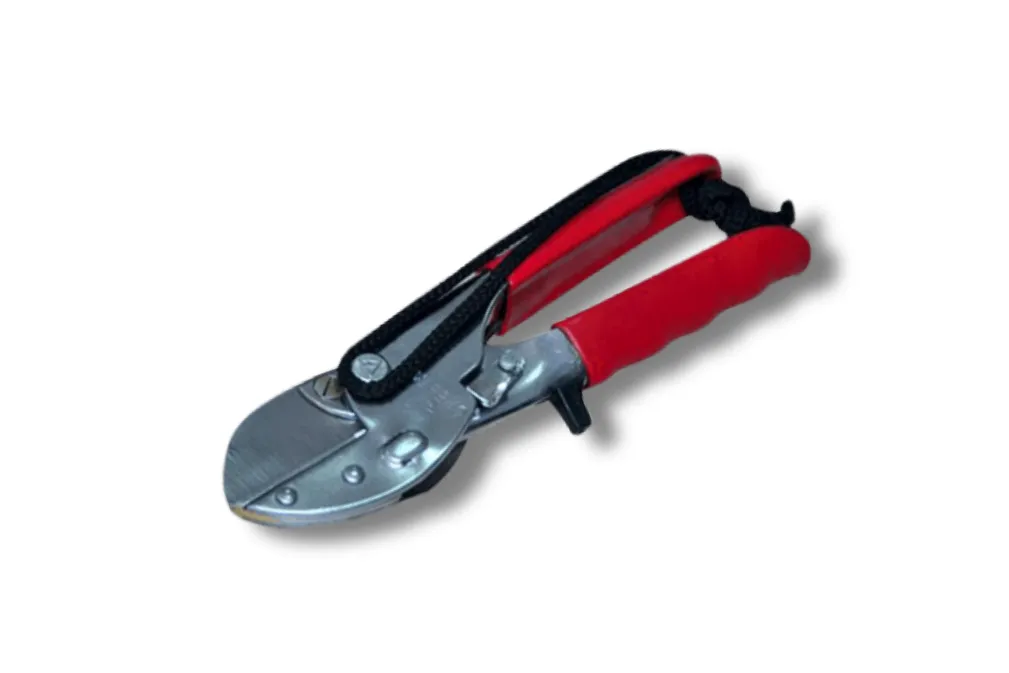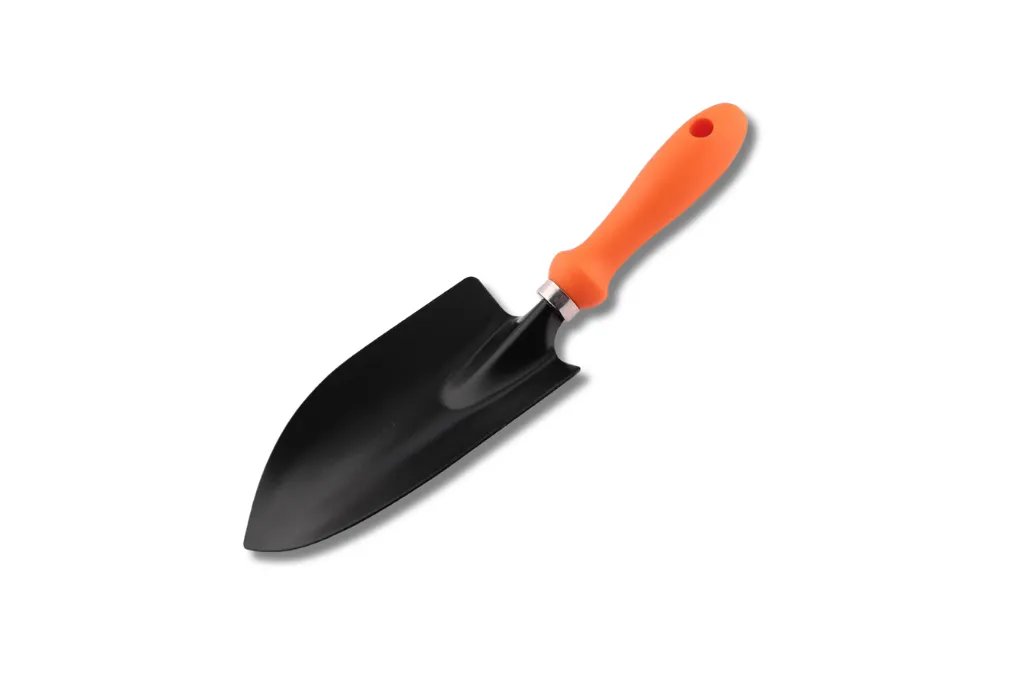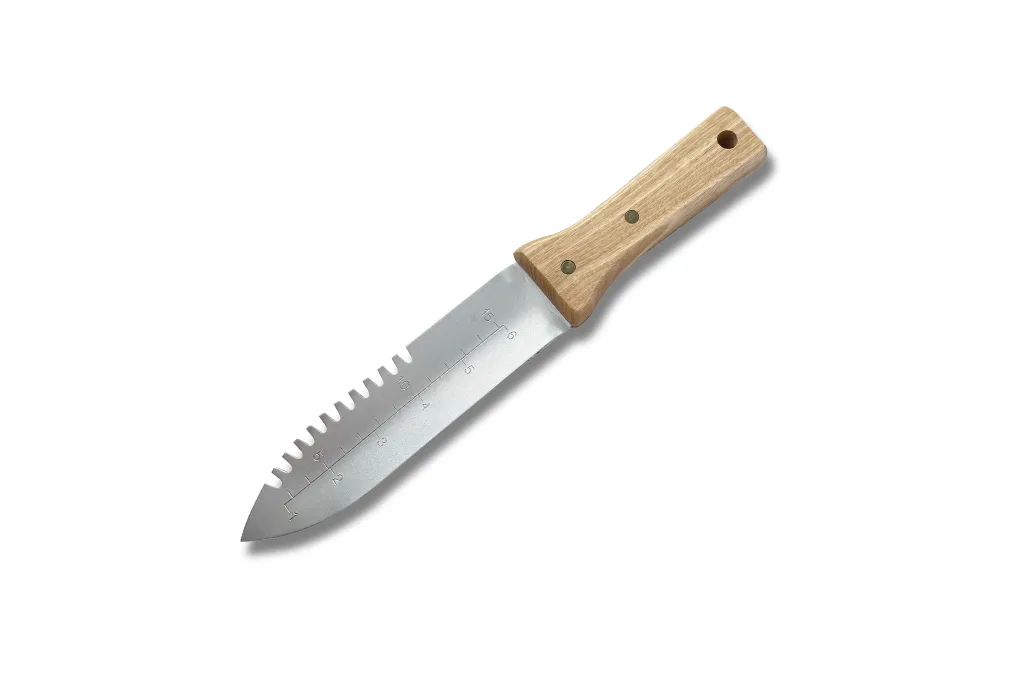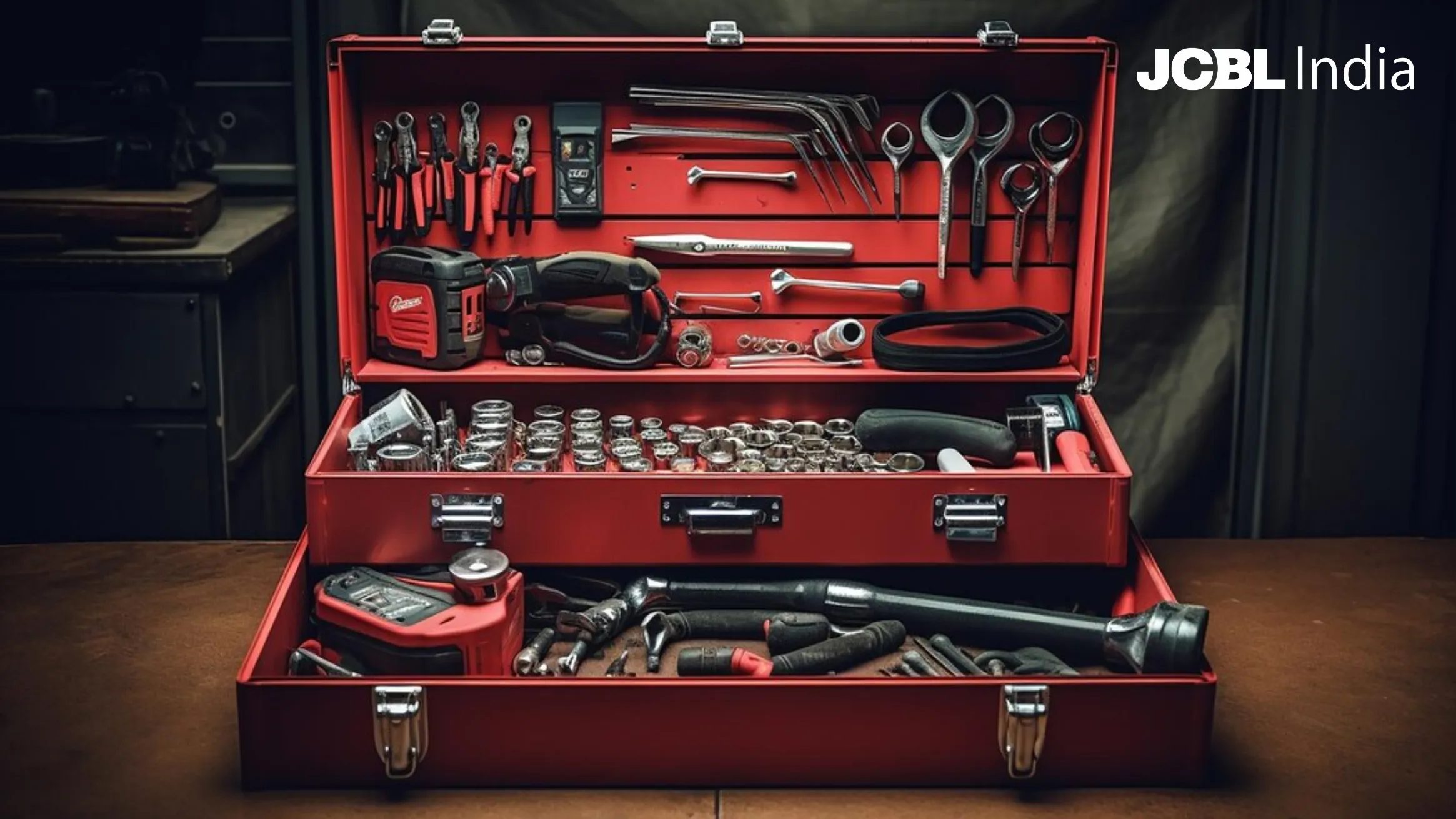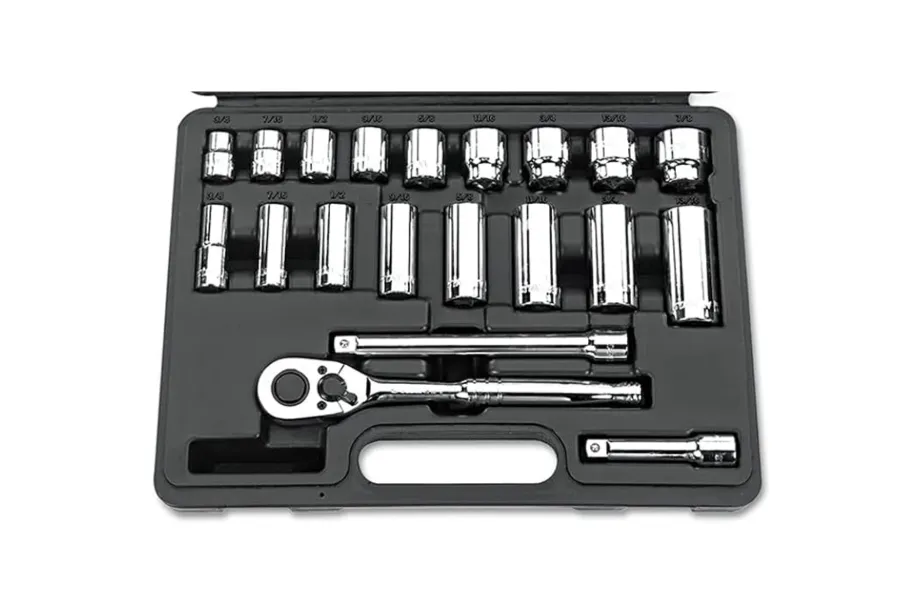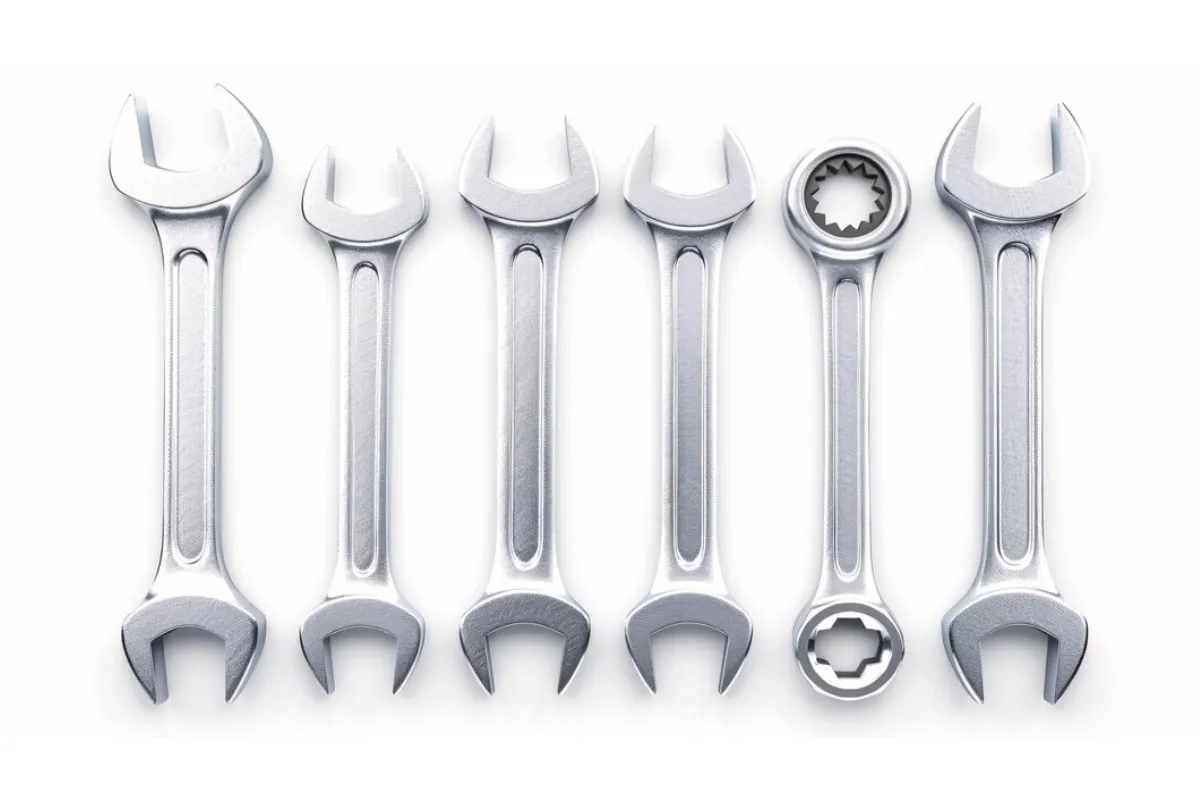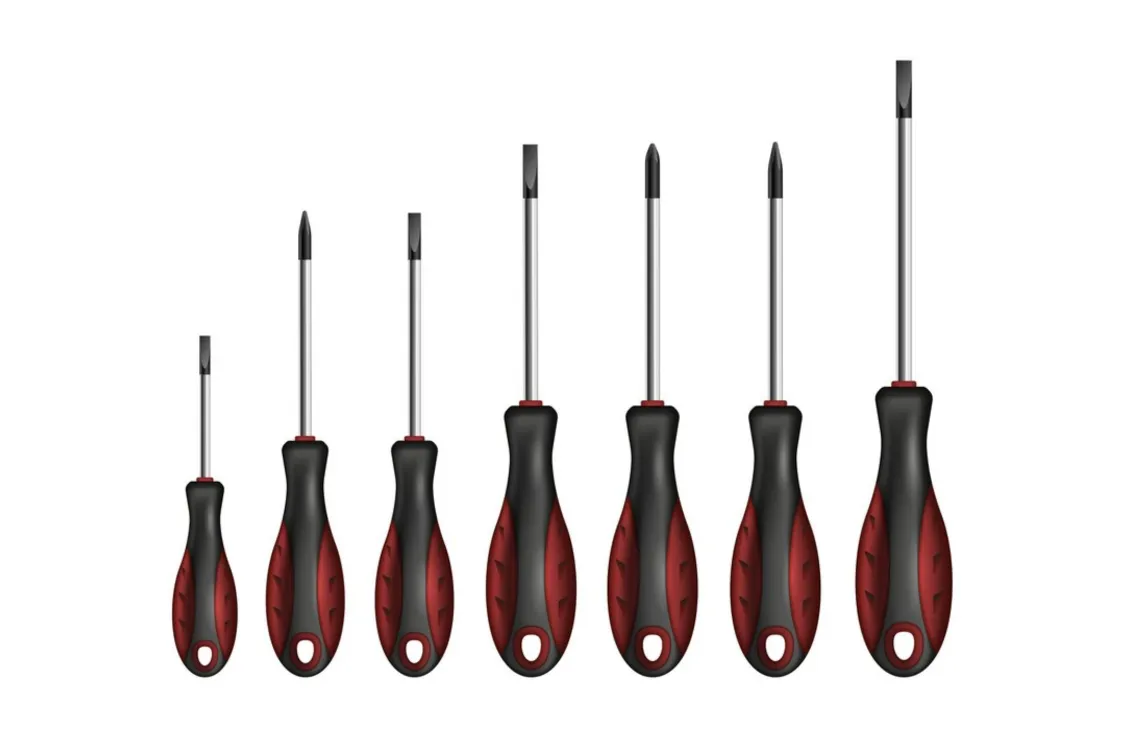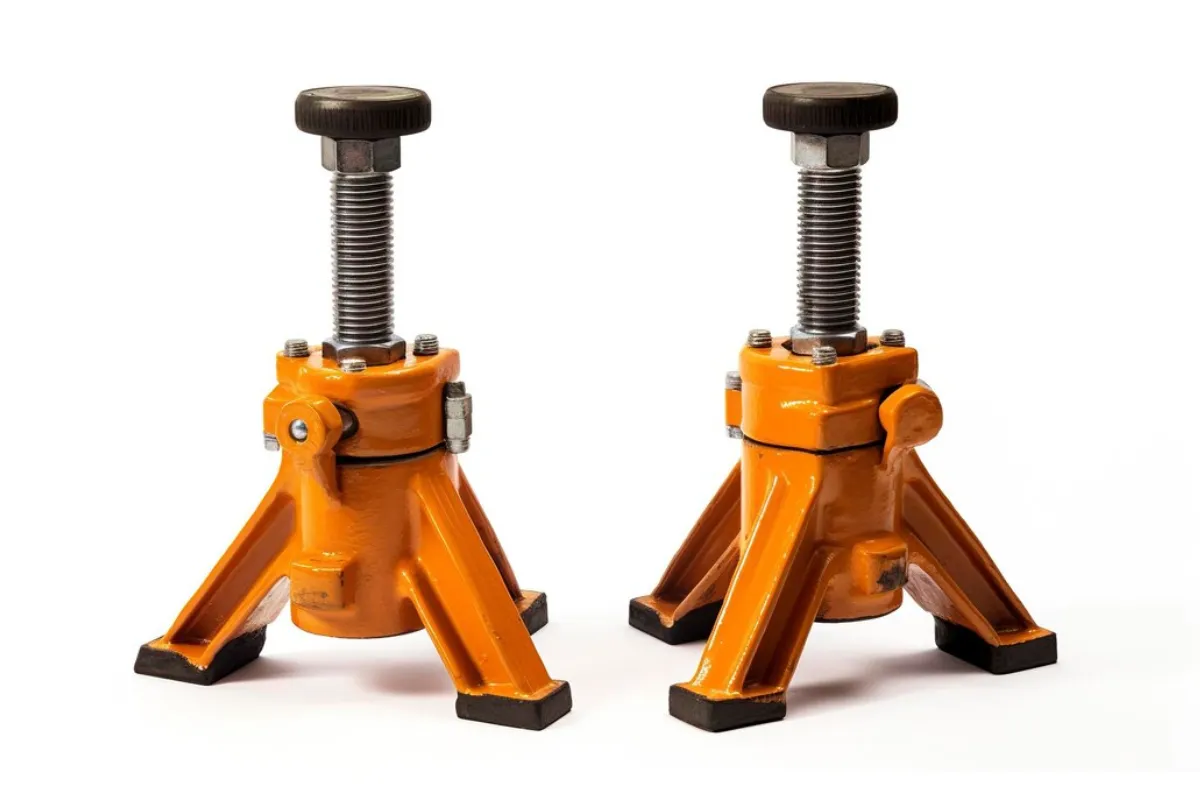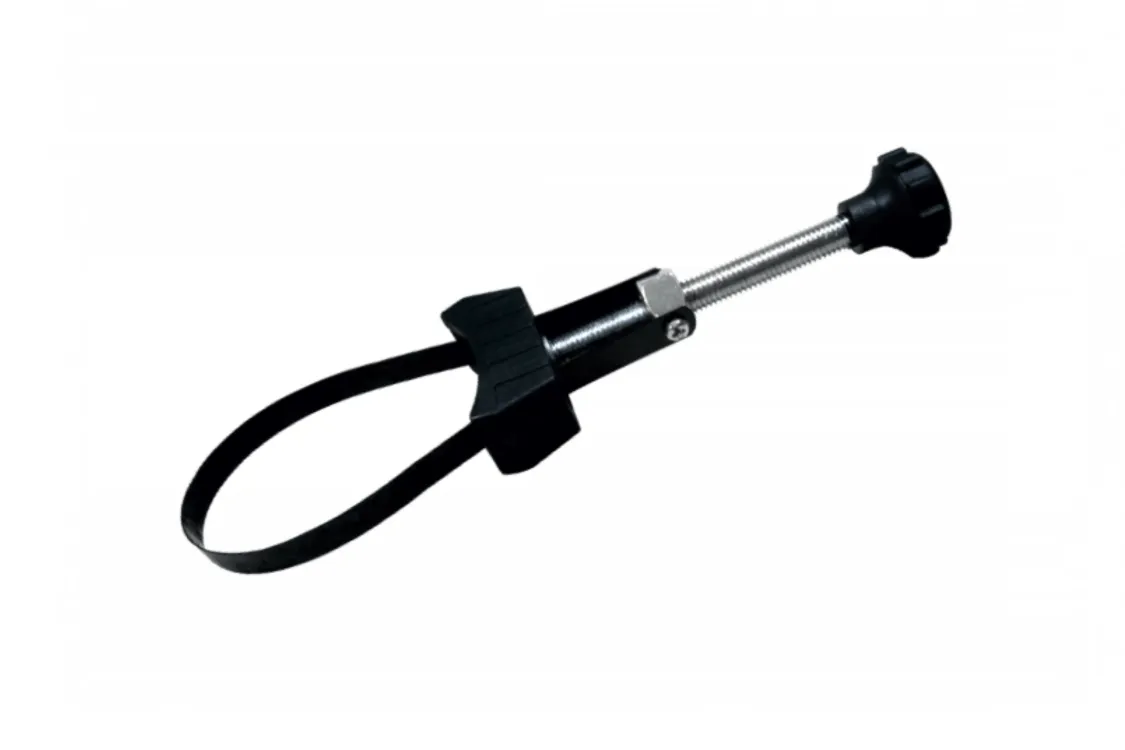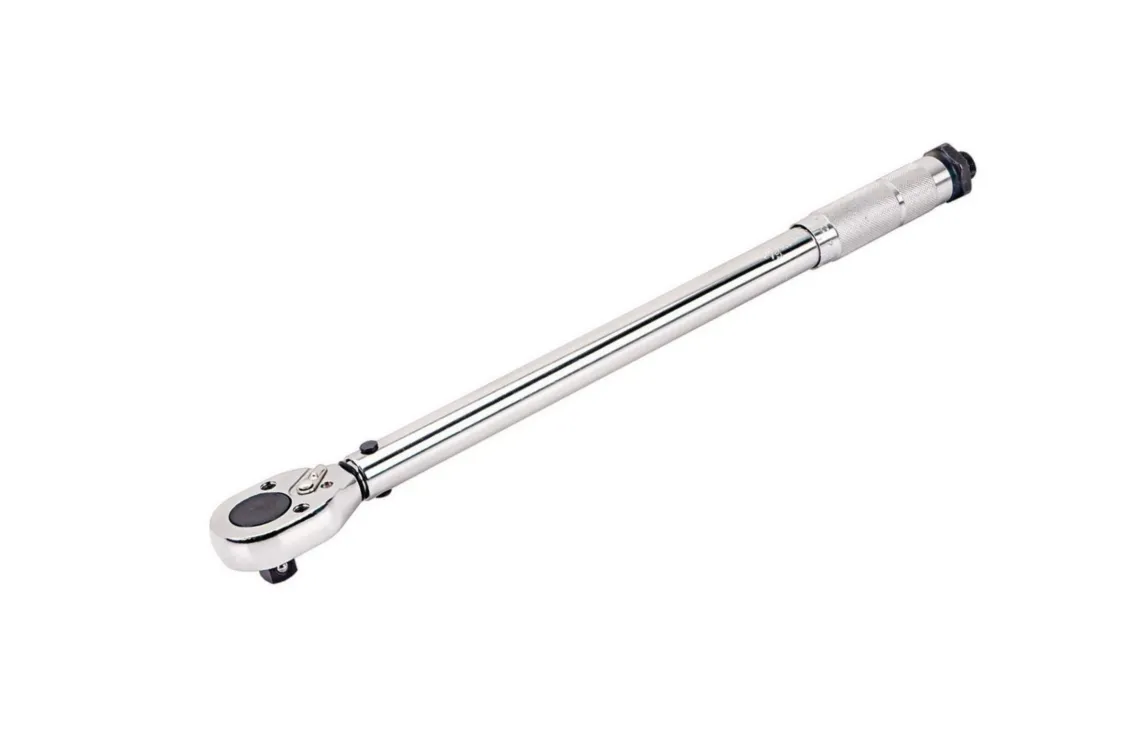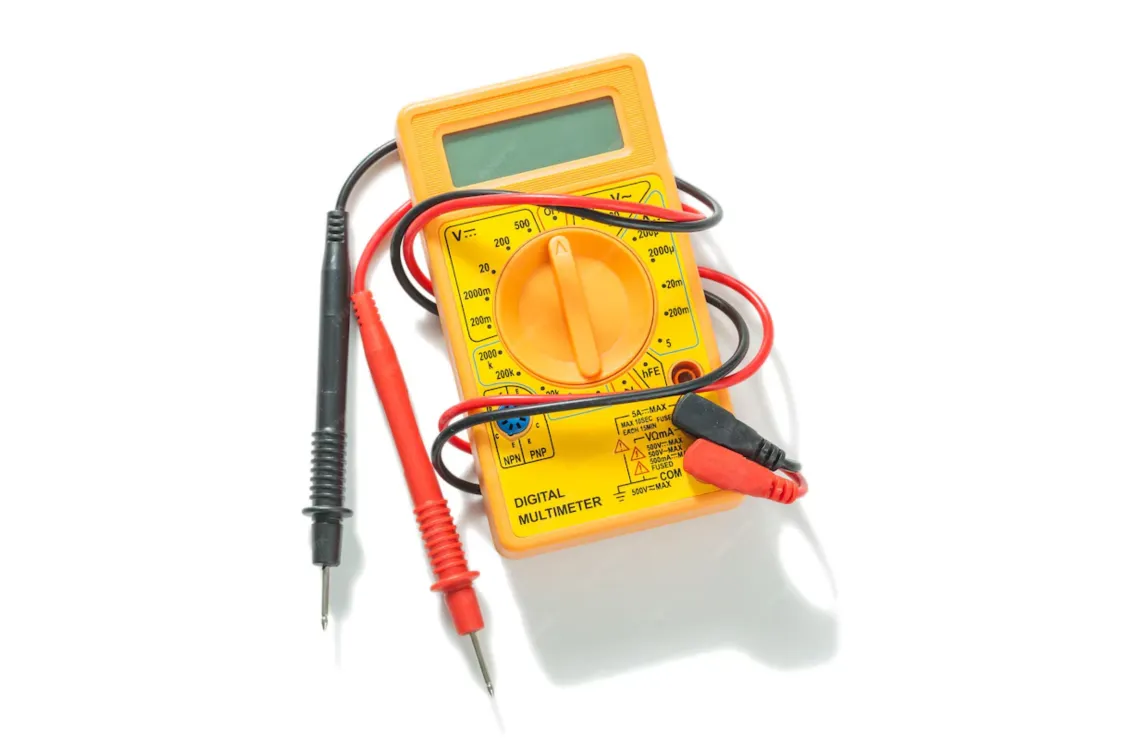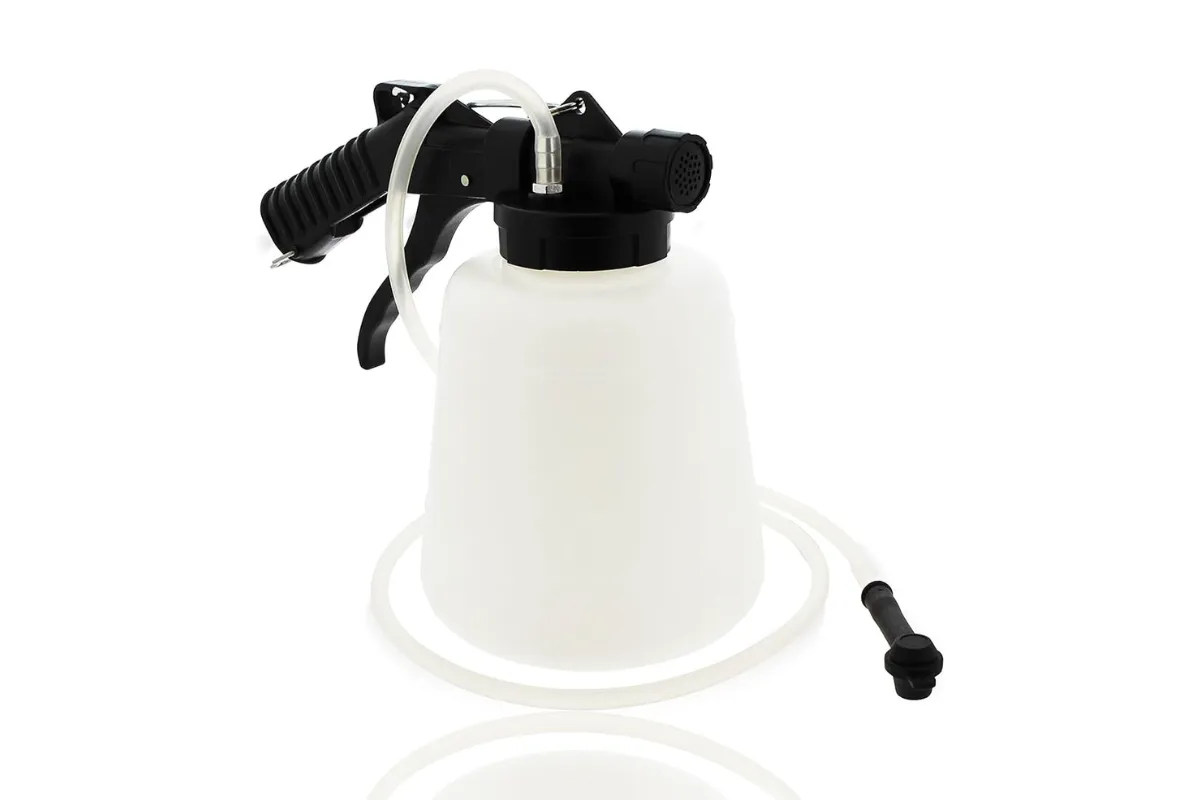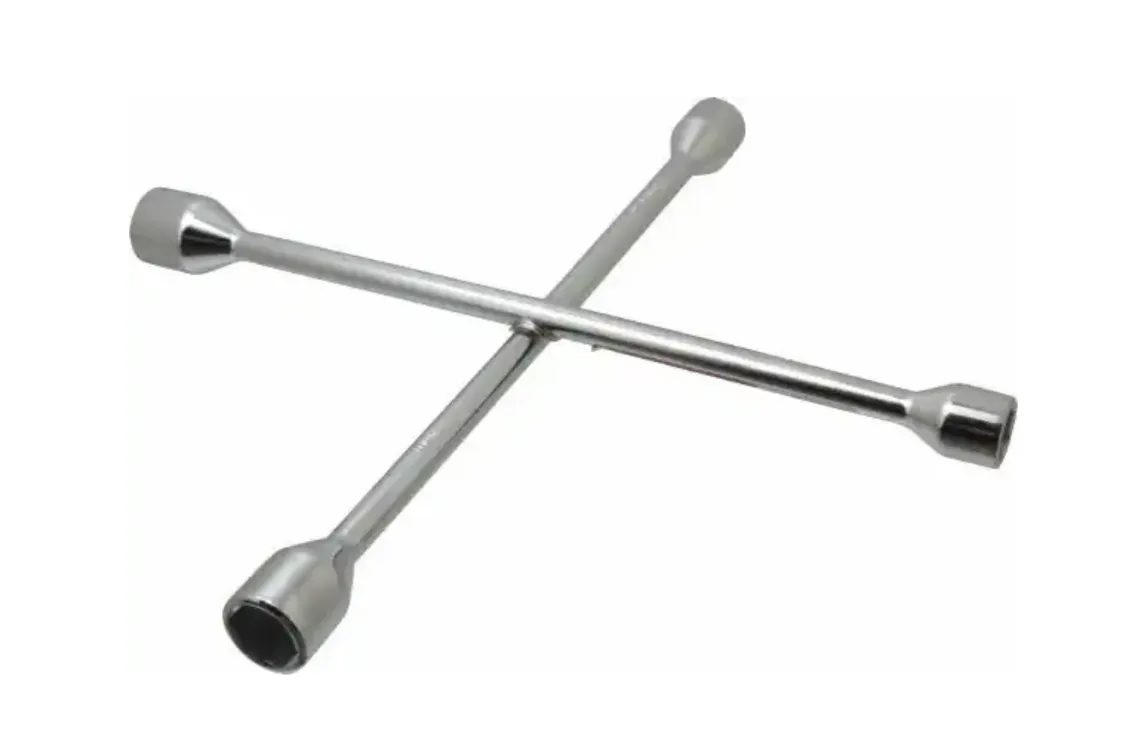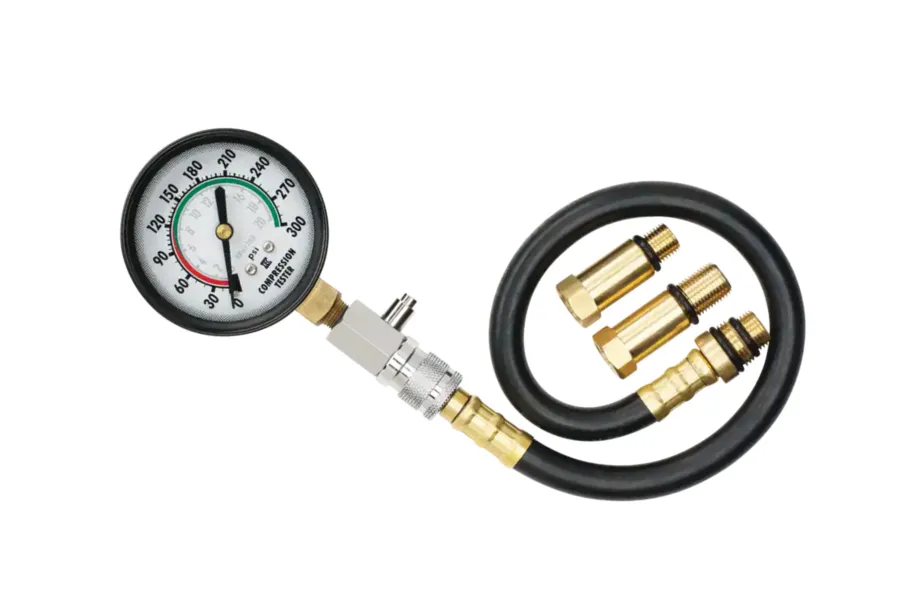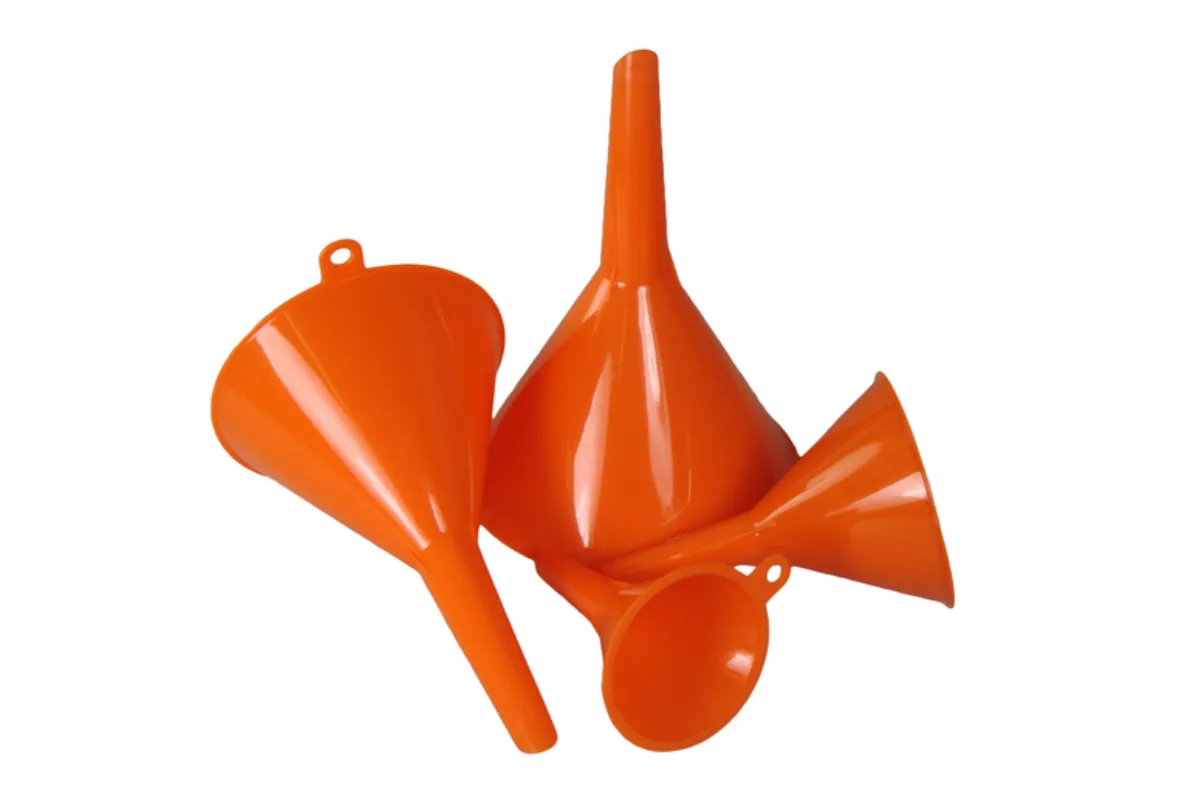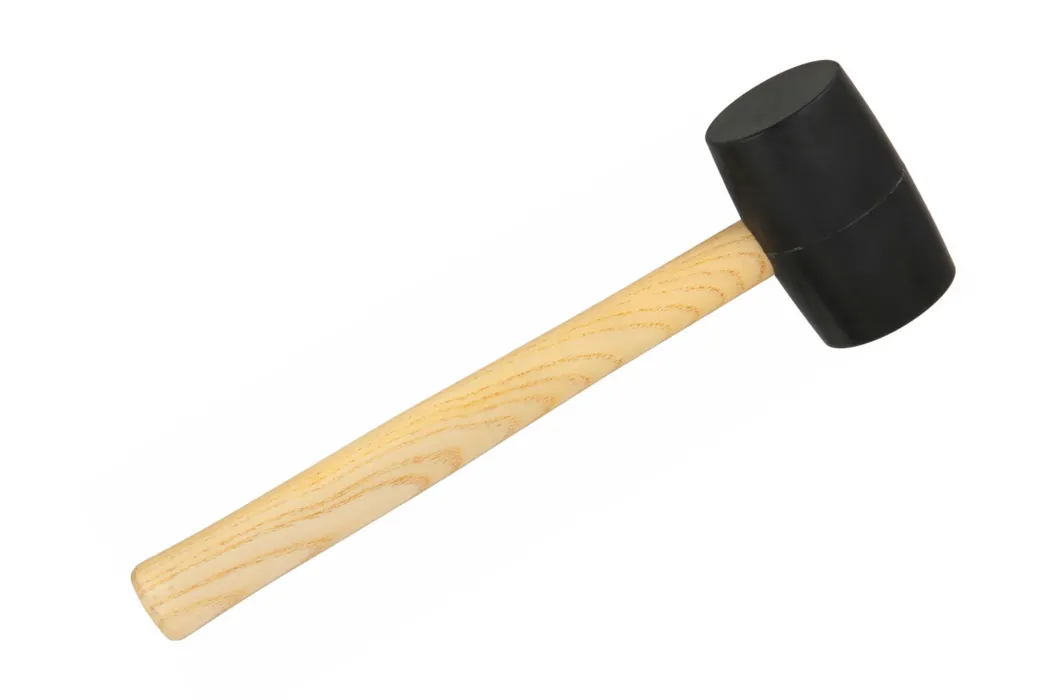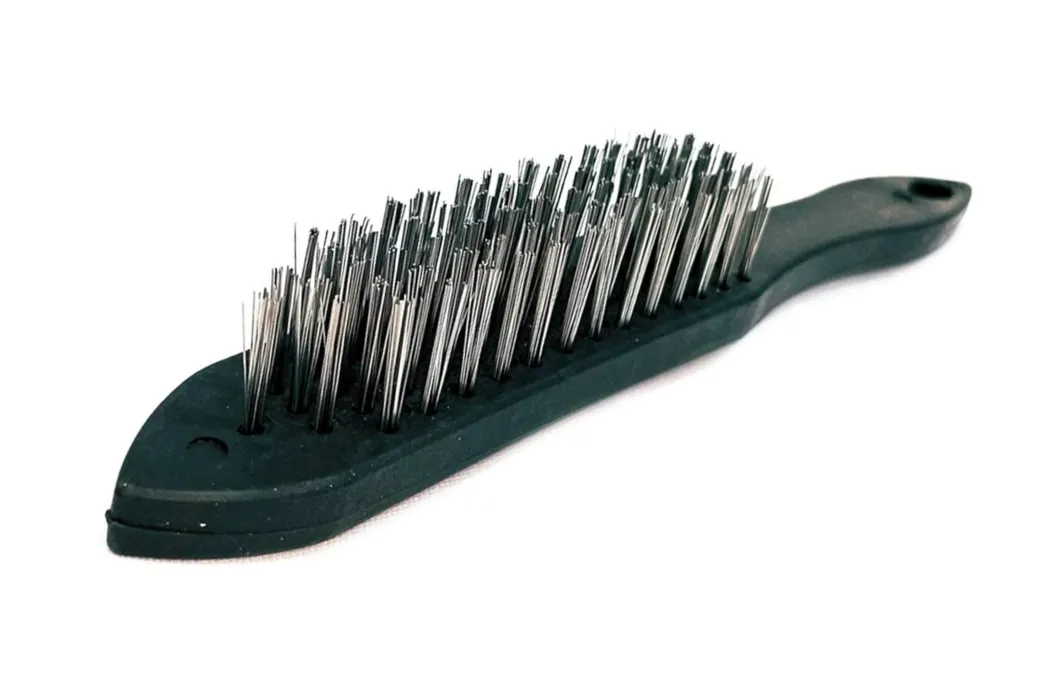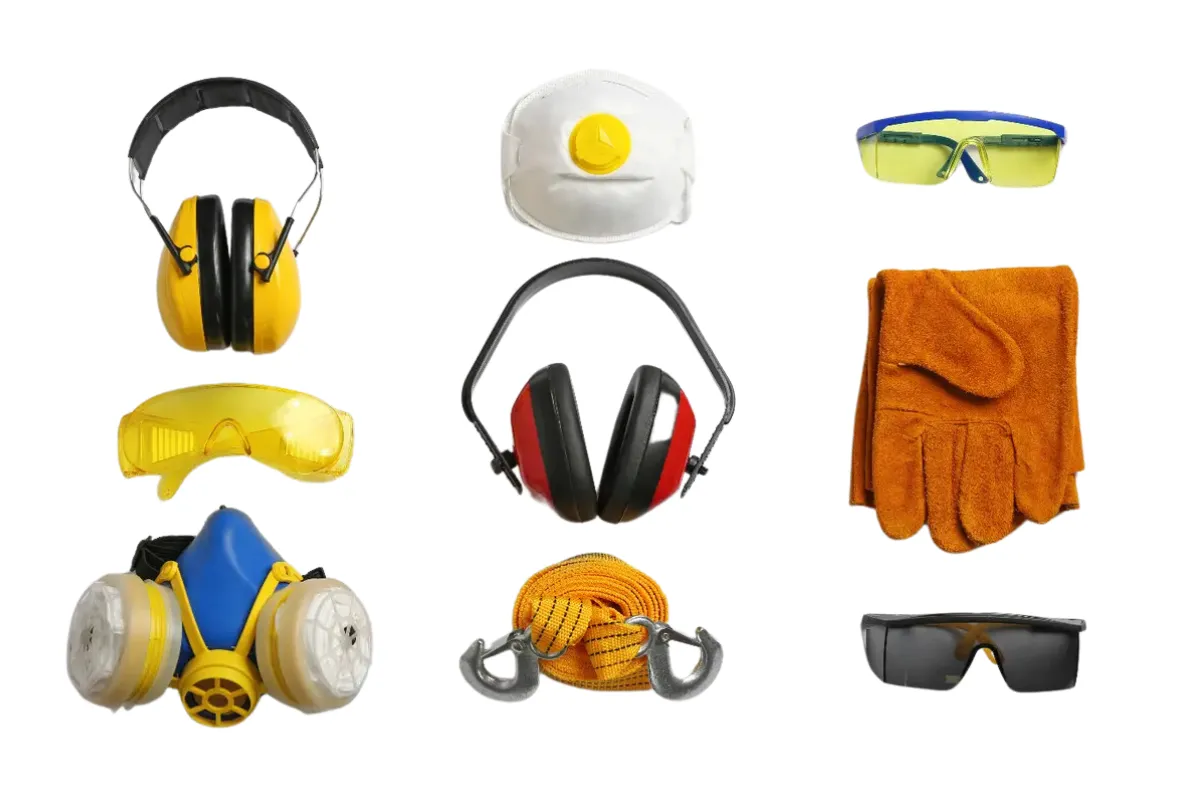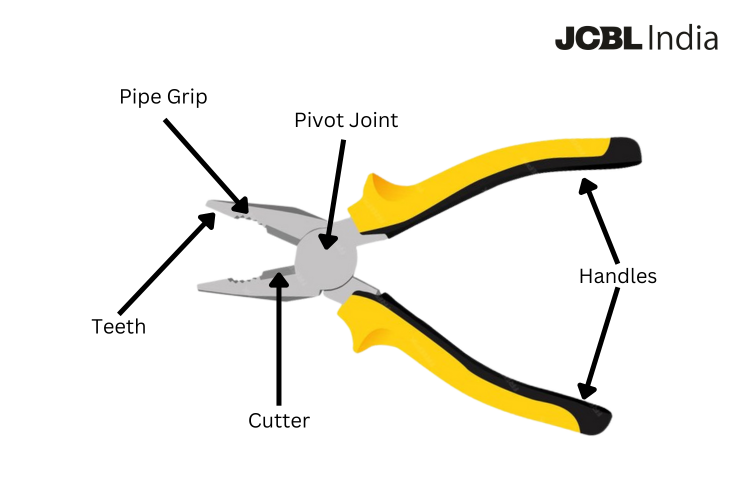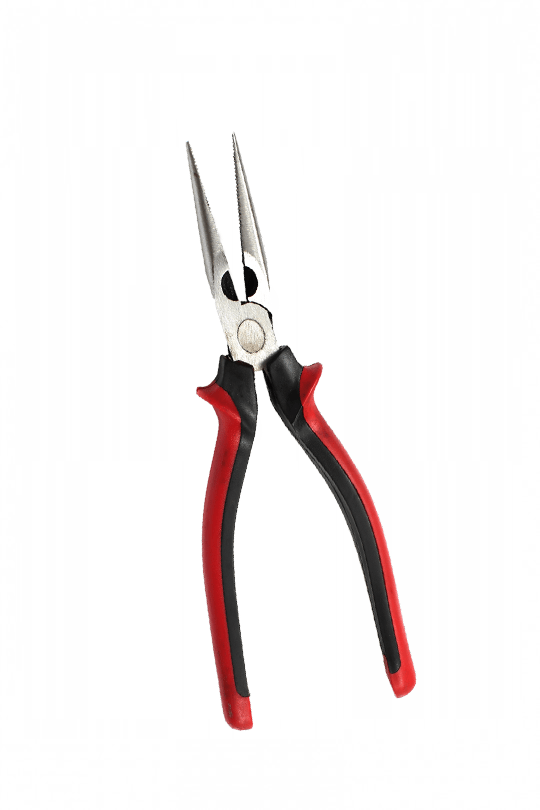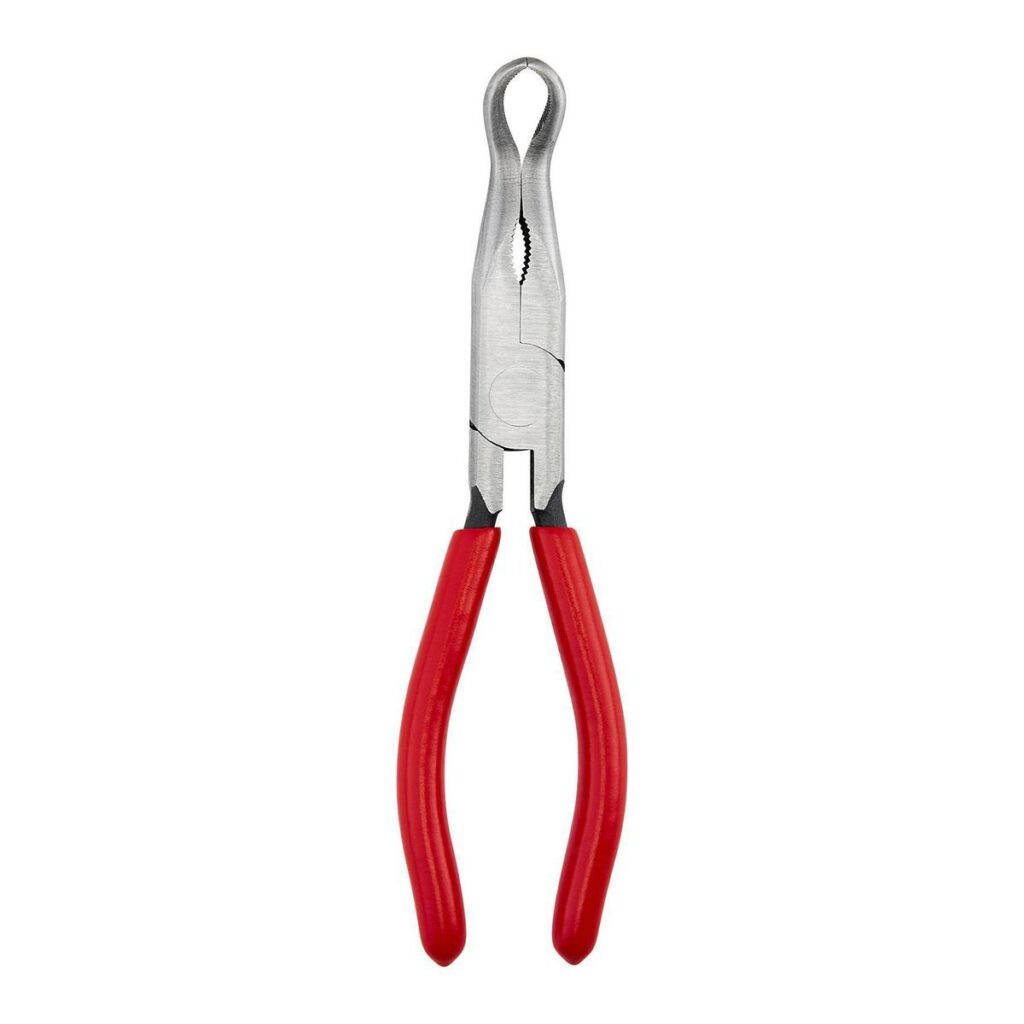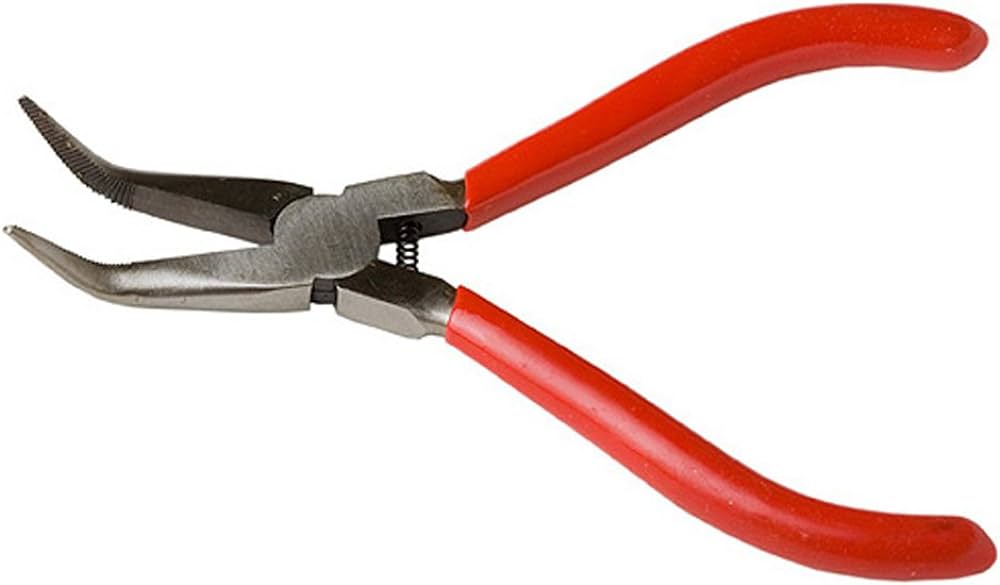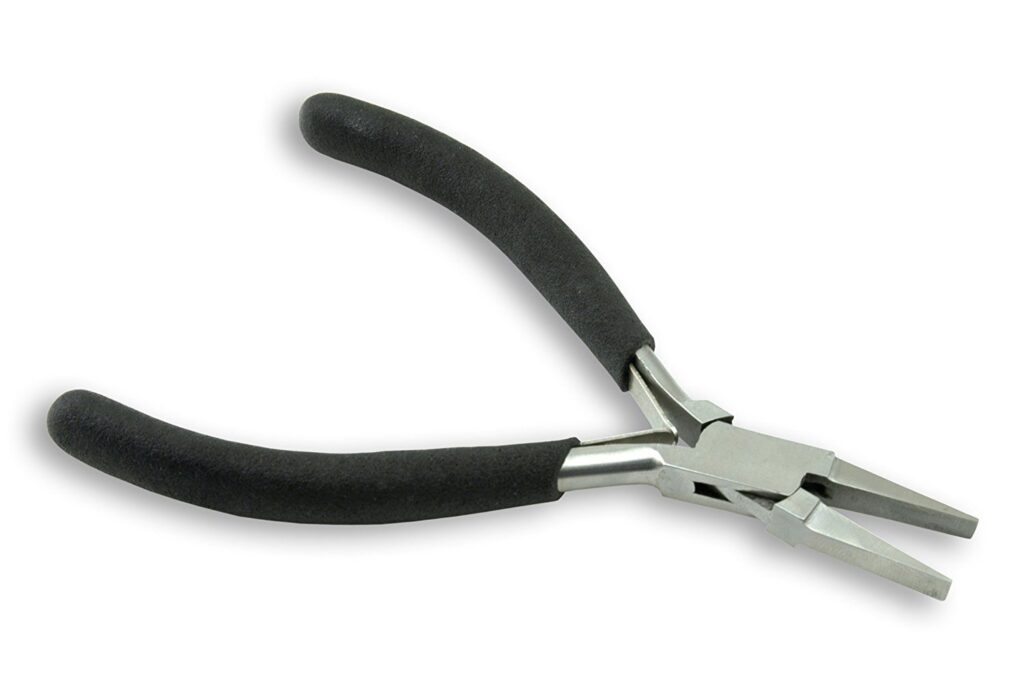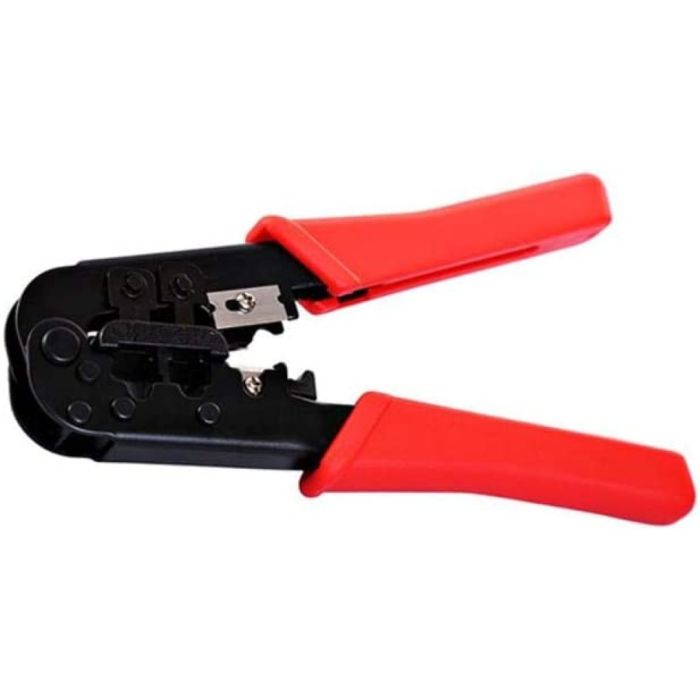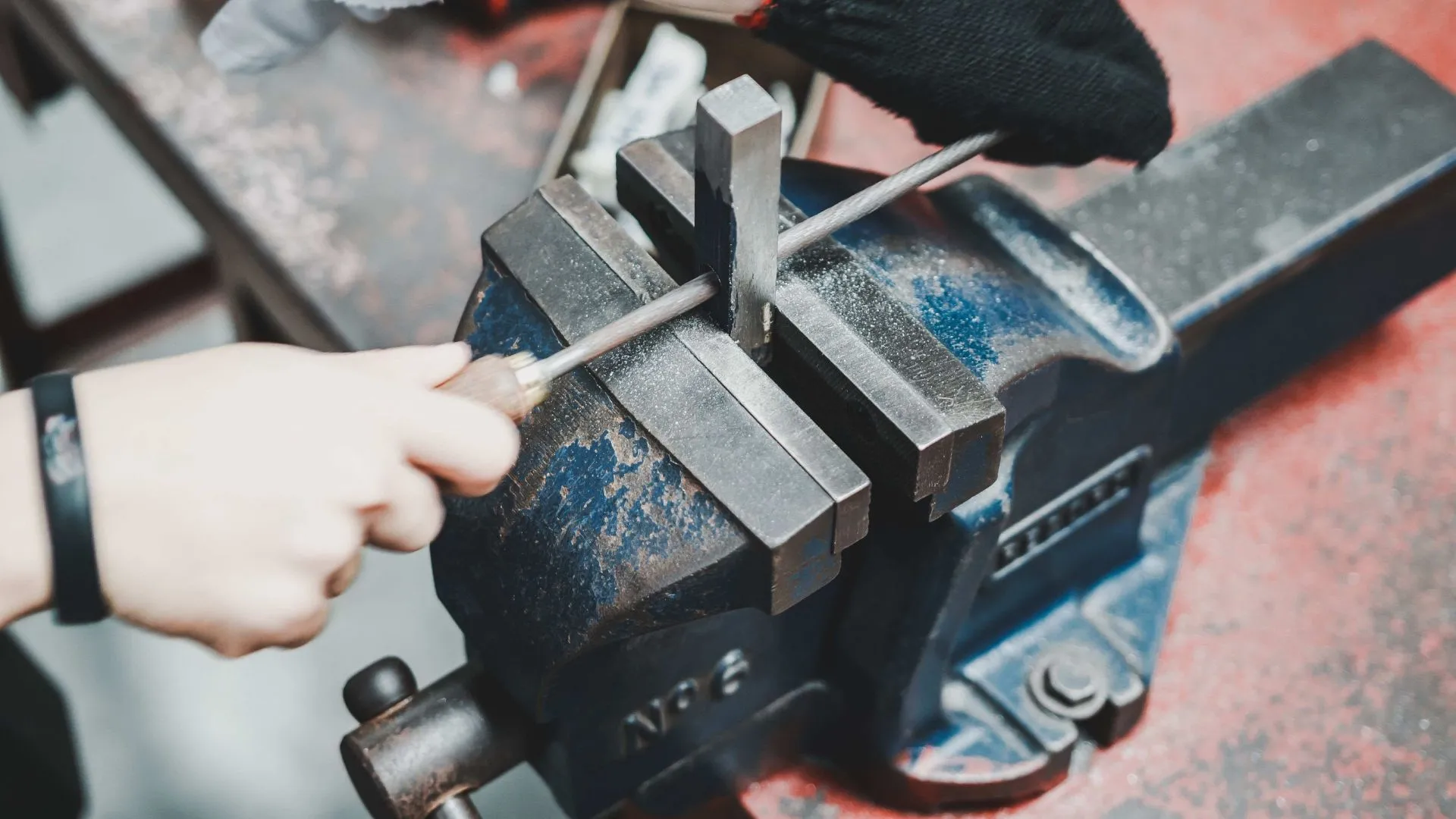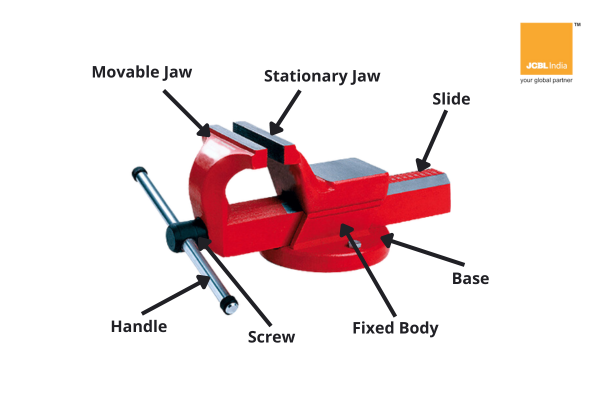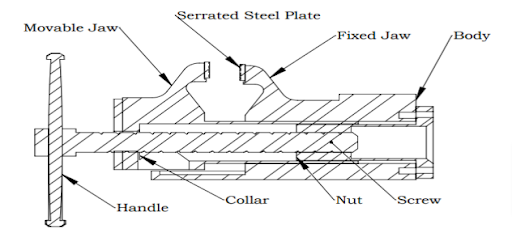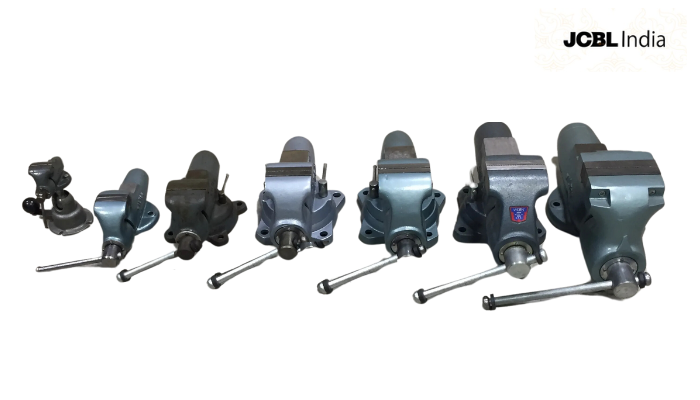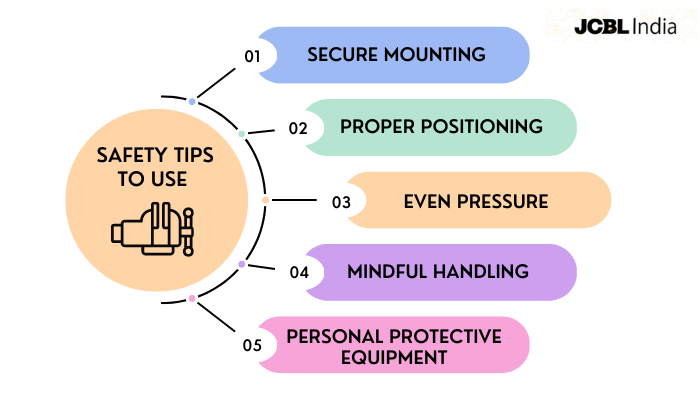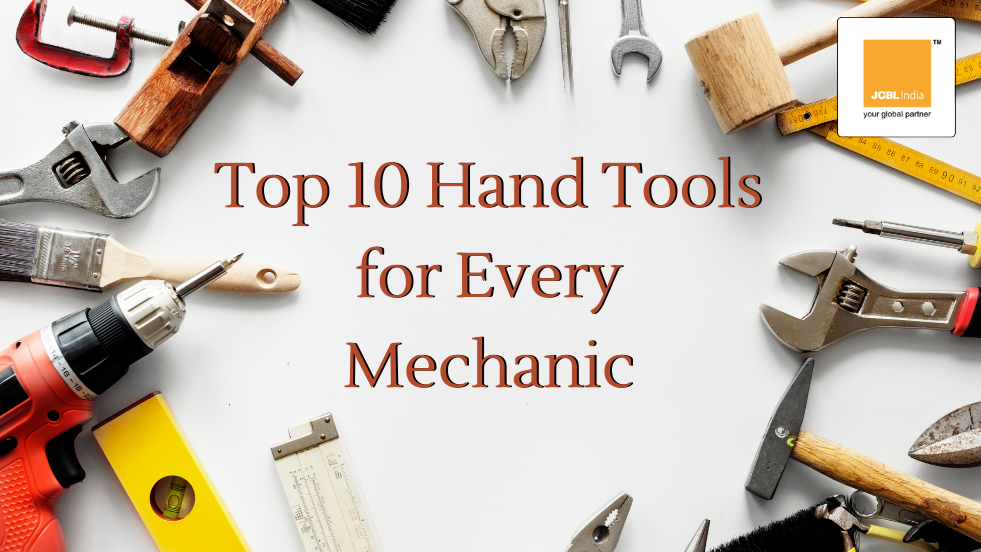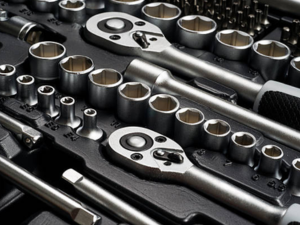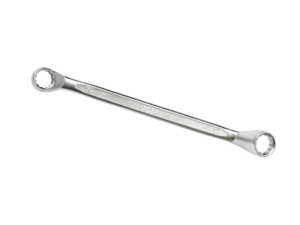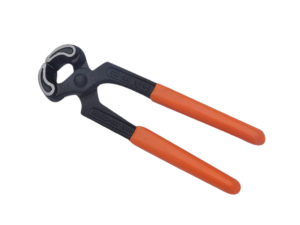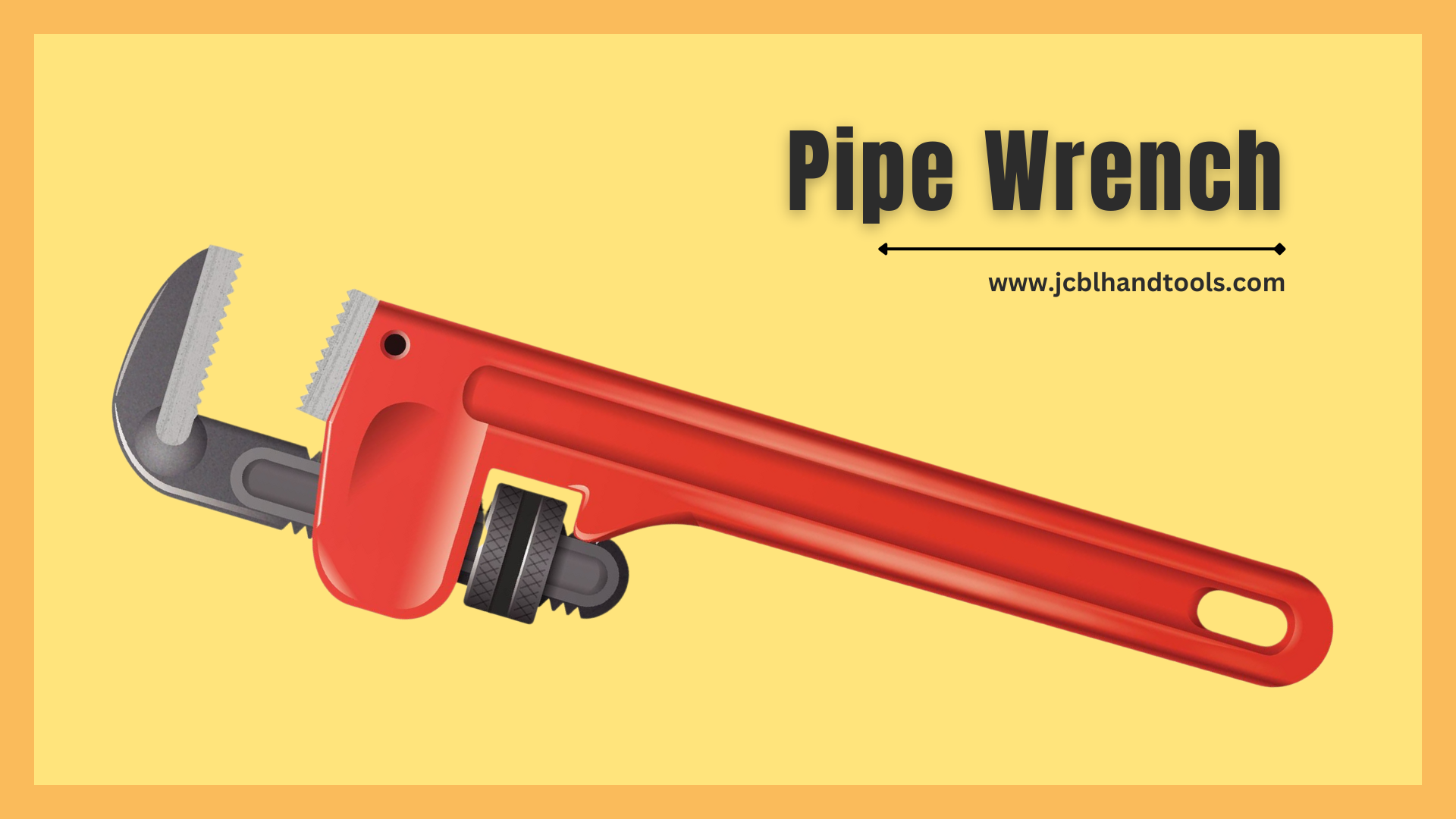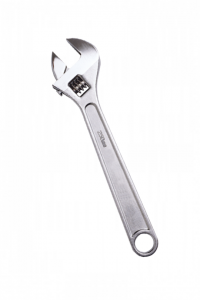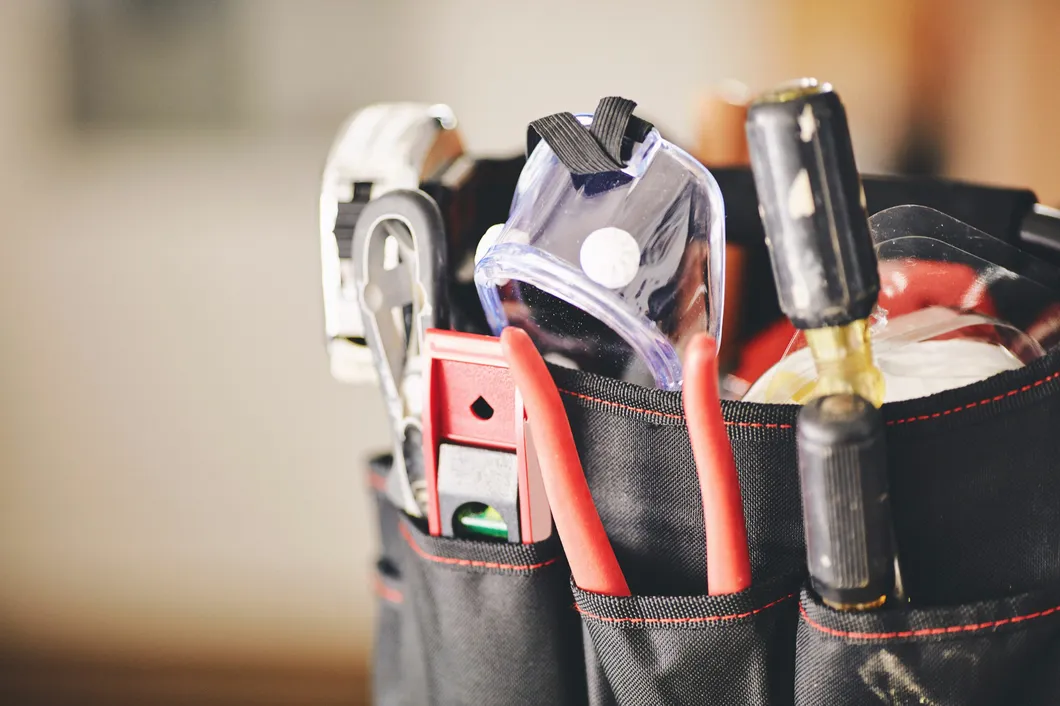Woodworking is a timeless craft that relies on skill, precision, and the right set of tools. While power tools have their place in modern workshops, there’s a certain satisfaction and artistry that comes with using hand tools. Whether you’re a seasoned woodworker or just starting out, having a solid understanding of the essential hand tools can elevate your craft to new heights.
Top Carpentry Hand Tools For Woodworkers
In this guide, we’ll delve deeper into each of the twelve carpentry hand tools every woodworker should have in their arsenal, exploring their uses, variations, and tips for getting the most out of them.
1. Claw Hammer
The claw hammer is a ubiquitous tool in any carpenter’s toolbox, prized for its versatility and simplicity. Beyond driving and removing nails, a claw hammer can be used for light demolition work, tapping joints into place, and even as a makeshift pry bar in a pinch. When selecting a claw hammer, consider factors such as weight, grip comfort, and balance to ensure optimal performance and minimize hand fatigue during extended use.
2. Tape Measure
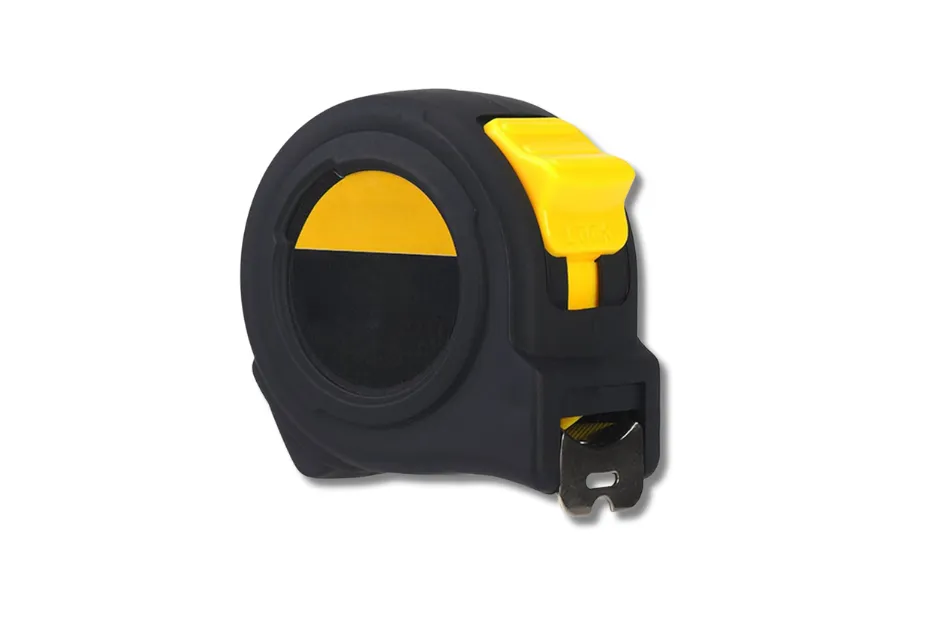
Accurate measurements are the foundation of successful woodworking projects, making a reliable tape measure an indispensable tool. Look for a tape measure with a sturdy blade that extends smoothly and a locking mechanism that securely holds measurements in place. Additionally, consider the readability of the markings, especially in low-light conditions, to avoid errors caused by misreading measurements.
3. Chisels
Chisels are precision tools used for shaping wood, carving details, and creating clean joints. They come in various shapes and sizes, including bench chisels, mortise chisels, and carving chisels, each designed for specific tasks. When investing in chisels, prioritize quality over quantity, opting for blades made from high-carbon steel for superior edge retention and durability. Regular sharpening and honing are essential to maintain chisels in optimal condition and ensure clean, precise cuts.
4. Hand Saw
While power saws offer speed and efficiency, hand saws provide greater control and finesse, making them invaluable for precise cuts and delicate work. Crosscut saws, with their fine teeth designed for cutting across the grain, excel at creating smooth, splinter-free edges, while rip saws are ideal for cutting along the grain with precision and accuracy. When selecting a hand saw, choose one with a comfortable handle and a well-balanced blade to minimize hand fatigue and maximize control.
5. Block Plane
A block plane is a versatile tool used for smoothing surfaces, chamfering edges, and fitting joints with precision. Its compact size and maneuverability make it ideal for fine-tuning workpieces and correcting imperfections quickly. When shopping for a block plane, look for one with an adjustable throat plate and a sharp blade that can be easily sharpened and honed for optimal performance.
6. Screwdrivers

Screwdrivers are essential for driving and removing screws in woodworking projects, with flathead and Phillips screwdrivers being the most commonly used types. Invest in high-quality screwdrivers with ergonomic handles and magnetic tips to ensure a secure grip and prevent slippage while working. Additionally, consider stocking your toolbox with screwdriver sets that include interchangeable bits for added versatility and convenience.
7. Level

Achieving precise alignments and accurate angles is essential in woodworking, making a spirit level a vital tool for any carpenter. Whether you’re checking the flatness of a surface, verifying the verticality of a joint, or ensuring the levelness of a project, a spirit level provides reliable guidance and reassurance. Look for levels with durable construction and easy-to-read vials that are resistant to fogging and leakage for consistent performance in any environment.
8. Marking Tools
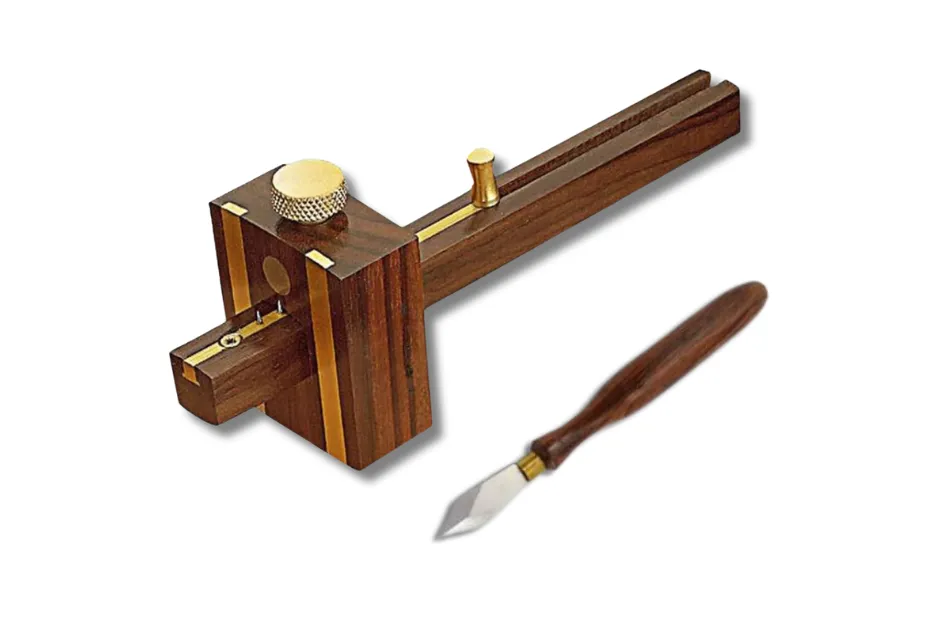
Marking tools such as pencils, marking gauges, and marking knives are indispensable for transferring measurements and laying out precise cuts and joinery. Invest in quality marking tools with fine points and durable construction to ensure clear, accurate markings that withstand the rigors of woodworking. Additionally, consider using marking aids such as precision squares and layout templates to streamline the marking process and enhance efficiency in the workshop.
9. Mallet
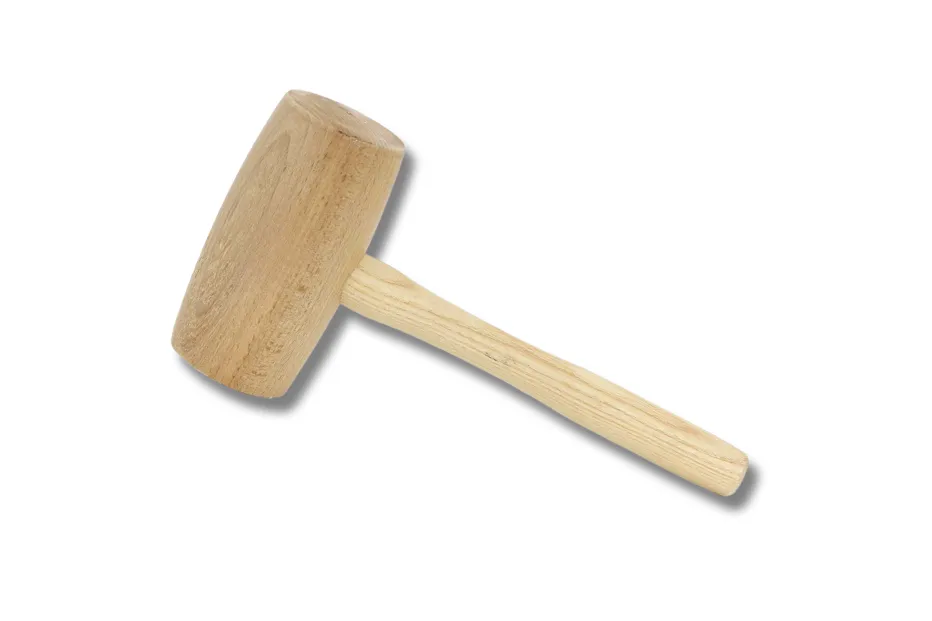
A mallet is a versatile tool used for driving chisels, adjusting joints, and tapping workpieces into place without damaging the wood. Unlike a hammer, which delivers focused blows with a metal head, a mallet features a softer head made from wood or rubber that minimizes the risk of marring or denting delicate surfaces. When selecting a mallet, choose one with a comfortable handle and a head that provides the right balance of weight and impact for the task at hand.
10. Try Square
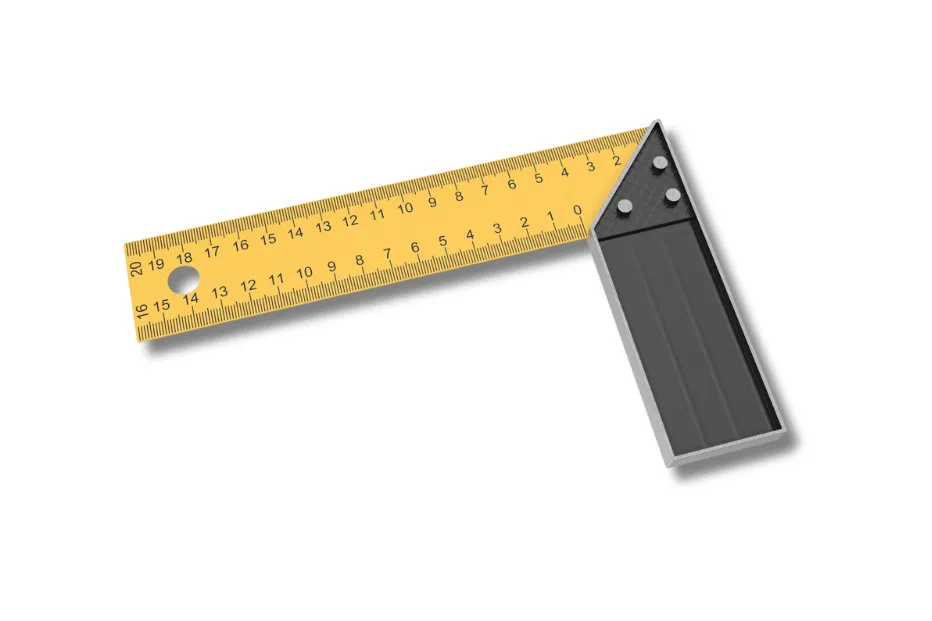
The try square is a precision tool used for checking the accuracy of corners and ensuring workpieces are square and true. Its L-shaped design allows for easy alignment against edges and surfaces, making it indispensable for layout work and joinery. When choosing a try square, opt for one with a machined blade and a sturdy handle that provides a secure grip for accurate measurements and reliable results.
11. Woodworking Vice
While not a hand tool in the traditional sense, a woodworking vice is an essential fixture in any woodworking shop, providing a secure hold on workpieces during cutting, shaping, and assembly. Whether you’re hand planning a board, sawing a dovetail joint, or gluing up a panel, a sturdy vice offers stability and support, allowing you to work with confidence and precision. When selecting a woodworking vice, consider factors such as jaw width, clamping capacity, and construction quality to ensure it meets your specific needs and withstands the demands of heavy use.
12. Sharpening Supplies
Sharp tools are the cornerstone of successful woodworking, making sharpening supplies a critical component of any carpenter’s toolkit. From sharpening stones and honing guides to strops and abrasive compounds, there are numerous methods and materials available for maintaining razor-sharp edges on chisels, planes, saws, and other cutting tools. Developing proficient sharpening skills and establishing a regular maintenance routine are essential for preserving the performance and longevity of your hand tools, ensuring they remain sharp, efficient, and a joy to use for years to come.
Conclusion
In conclusion, mastering the use of these twelve essential hand tools is key to becoming a proficient and accomplished woodworker. By understanding their functions, variations, and proper usage techniques, you can elevate your woodworking skills to new levels of precision, creativity, and craftsmanship. Whether you’re building furniture, crafting joinery, or pursuing your passion for woodworking as a hobby or profession, investing in quality hand tools and honing your skills will set you on the path to success and fulfillment in the workshop. Happy woodworking!




